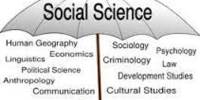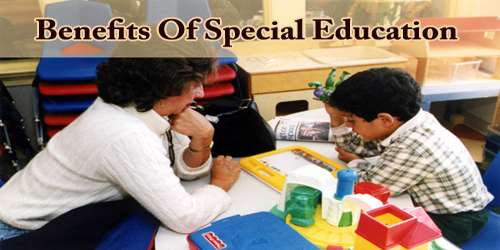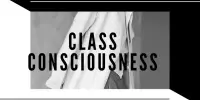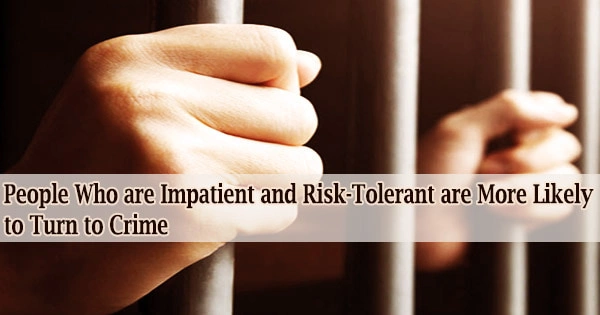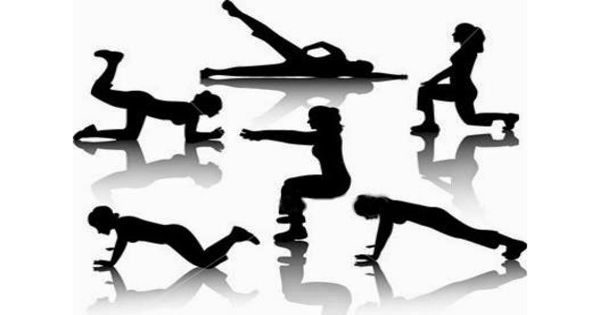The most significant external indicator preceding the attacks was social isolation, according to an analysis of the psychological crises displayed by 177 mass shooters. The conclusion, which is supported by Virginia Commonwealth University study, suggests that social isolation makes a prime target for friends and groups of would-be shooters to step in.
“When we are isolated from our social circles, we lose that functional component of our loved ones being frank with us when our behavior might become inappropriate,” said Samuel West, Ph.D., an assistant professor of psychology at Virginia State University who led the study while he was a postdoctoral researcher at the Injury and Violence Prevention Research Lab at VCU Health.
The “mood swings” crisis indicator was one of the best predictors of the severity of a mass shooting, according to the study. The authors came to the conclusion that social isolation was the most significant factor, as it served as a “crisis multiplier” by allowing one crisis to raise the likelihood of subsequent crises.
Due to their association with solitude, mood swings, for instance, also raise the risk of paranoia, disassociation from reality, and difficulty completing everyday chores.
“It is easy to see how this perfect storm of multiple crises in someone who has isolated themselves could coalesce into more harmful thoughts and ultimately actions without the perspectives of others to act as a protective factor,” said West, who received his doctorate from the Department of Psychology in the College of Humanities and Sciences at Virginia Commonwealth University.
Psychometric network analysis, a new machine learning-based method for investigating and visualizing complicated associations, was used to evaluate the data by West and co-author Nicholas Thomson, Ph.D., director of research and a forensic psychologist at the Injury and Violence Prevention Program. They took a non-specialist approach to the study by concentrating on psychological crises that friends, family, and coworkers may see and then intervene with.
Although most people who experience isolation do not go on to commit such acts of violence, intervening on that isolation only holds benefits for the individual. This can be as simple as a friend stopping by in person to say hello and catch up something that we could all benefit from. Although this seems like it may not have such an impact, prior research makes clear that isolation is a necessary component of planning and carrying out a mass shooting as many of the behaviors involved (e.g., stockpiling guns and ammunition) are readily observable.
Professor Samuel West
“Research on mass shootings is scarce, which limits our ability to develop targeted risk assessments and prevention strategies for mass shootings,” said Thomson, an associate professor in the Department of Surgery in the School of Medicine and the Department of Psychology in the College of Humanities and Sciences. “What Dr. West has achieved with the data is a step in the right direction for understanding the warning signs of people who commit mass shootings.”
“The study is novel in that the data collected is based on others’ perceptions of a mass shooter,” Thomson said.
“In many ways, this is the data that we need because others’ perceptions are integral to identifying and reporting at-risk individuals, and the community is critical to preventing violence,” he said. “Equipped with the right knowledge we can develop risk awareness strategies that can prevent mass shootings from occurring. Of course, this is only one piece of the puzzle, but it is an important piece.”
The fact that social isolation may be addressed at both the individual and societal levels makes it an ideal target for intervention, according to the researchers.
“Although most people who experience isolation do not go on to commit such acts of violence, intervening on that isolation only holds benefits for the individual,” West said.
“This can be as simple as a friend stopping by in person to say hello and catch up something that we could all benefit from. Although this seems like it may not have such an impact, prior research makes clear that isolation is a necessary component of planning and carrying out a mass shooting as many of the behaviors involved (e.g., stockpiling guns and ammunition) are readily observable.”
Interventions could target strengthening social relationships and combating community isolation at the societal level.
“One example could be to require students at public high schools to participate in civic events and organizations as part of their compulsory education,” West said. “On the other side of this coin, we also must consider that many of these individuals end up isolated for other reasons initially (i.e., social rejection). As such, working on the inclusivity of others overall while continuing to address bullying behavior in young people could be a fruitful avenue to improve the mental and social health of students and society at large.”
In addition, social isolation is a good target for intervention because it is often identified much earlier than other psychological crises, such as months or years before an attack, as opposed to days to weeks.
“Although scientifically validated interventions for isolation exist, they have all been developed to address isolation in those who are seeking relief,” West said. “Such interventions would necessarily look different with would-be mass shooters as it is likely they would not willfully seek out such help on their own. Our work doesn’t speak to causality or any specific intervention that could be applied in this context.”
The work is available on the PsyArXiv preprint server and will be published in Psychology of Violence.

